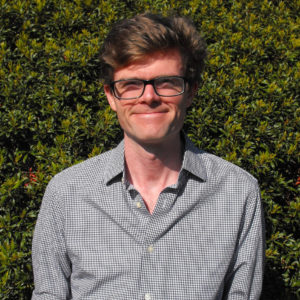Your resume should focus on your relevant full-time work and outline your recent experience. But if those two things don’t overlap completely, it can produce employment gaps. Breaks in employment are often a red flag for hiring managers but don’t be discouraged. There are many credible reasons for not having worked full-time and just as many viable ways to cite them on your job search documents.
The Gaps to Focus On
When drafting your resume, you should include your months of employment. It provides a clear view of your work history and is often better from an ATS standpoint. You don’t need to worry about explaining any employment gaps that only lasted a few months. Hiring managers understand that there are plenty of instances where a person might have lost their job unexpectedly through no fault of their own (especially in the past couple of years). Only when a gap lasts at least the better part of a year should you start thinking about how to address it on your resume.
Short-Term and Volunteer Work
Perhaps you kept busy during your break in employment by working as a consultant, freelancer, or volunteer. Feel free to develop these engagements no differently than your regular job descriptions on your resume.
Start with the basic details: position title (specifying the level of commitment, such as “part-time”), organization, location, and start and end dates. Then flesh out each description to the extent it has relevance to your target job. The best way to do this is first to brainstorm things you’re generally proud of about the experience, then review each item closely and remove anything that doesn’t speak to your current goals.
For example, if your participation in Big Brothers, Big Sisters gave you a tremendous mentoring experience, but you don’t wish to mentor others in your next job, take out any brainstorming points in that area of the work you did. Also, keep in mind that if you include any volunteering, you’ll need to update your experience section heading from “Professional Experience” or “Work Experience” to something more general like “Relevant Experience” or “Experience Highlights.”
Higher Education Opportunities
If you took time off to get an advanced degree, note that in your resume’s Experience section. Just jot down the dates associated, then a brief line about the experience, for example:
2017 to 2019: Focused on completing an MBA degree
If you have relevant highlights from your degree, don’t include them here. There’s no need to flesh out a full description. Instead, keep those details in your Education section.
Personal Issues and Milestones
Perhaps your employment gap is due to personal reasons, such as travel, starting a family, caring for a sick relative, or overcoming an injury or illness of your own. Know that you’re not required to include personal information on your resume if you don’t feel comfortable doing so. But if you are comfortable, here are a few examples:
- 2014 to December 2016: Traveled to Italy and Germany
- Dedicated time to raising three boys
- Full-time mother focused on starting a family
- Full-time caregiver for an ailing parent
- Time away to treat and fully recover from an acute illness
To develop the description further, follow the same two-step process outlined above to arrive at your most relevant highlights. You may be surprised at how strong the resulting points are and how they add value to your resume. Often, personal experiences like these allow you to build outstanding:
- Cultural or language literacy
- Perseverance
- Prioritization skills
- Efficiency
- Adaptability
- Calm in urgent situations
- Short- and long-term planning skills
Using your personal experiences to showcase these skills, you can turn a liability into an asset and add a new dimension to your overall resume.
What About the Cover Letter?
Only take up the issue of an employment gap on your cover letter if it’s ongoing and you’re trying to return to the workforce. In these cases, mention the gap toward the end of your letter, preferably as part of the closing. This allows you to keep the overall focus of your letter on your relevant qualifications and can actually make an elegant conclusion to your letter by emphasizing your excitement about the opportunity. An example:
My last position was eliminated in May 2020 as a result of Covid-related layoffs. Since that time, I’ve taken the opportunity to focus on raising my two sons and volunteering for a local nonprofit. I’m now thrilled at the chance to return to the workforce as your marketing manager.
Craft your perfect resume in minutes
Get 2x more interviews with Resume Builder. Access Pro Plan features for a limited time!


